Low-intensity interval training is the gentler cousin of HIIT
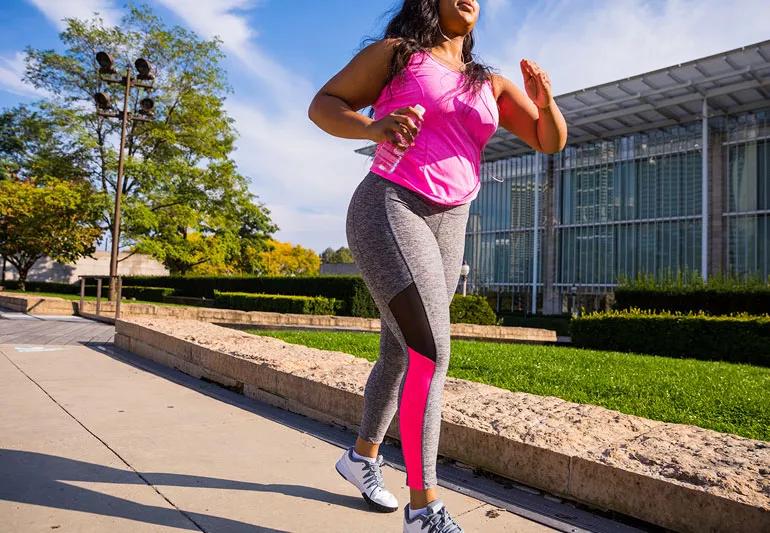
No pain, no gain. Push yourself. Go all out.
Cleveland Clinic is a non-profit academic medical center. Advertising on our site helps support our mission. We do not endorse non-Cleveland Clinic products or services. Policy
When it comes to working out, that’s the mentality many of us have. Strenuous sweat sessions aimed at losing weight, building muscle and staying healthy.
But a grueling session at the gym can leave us fatigued and more likely to skip our next workout.
That’s where low-intensity interval training — or LIIT — comes in. The gentler cousin of high-intensity interval training (HIIT), LIIT consists of low-impact exercises performed in intervals followed by a slower-paced recovery period.
It can be a more sustainable and manageable way to work out and reach your wellness goals. At the same time, LIIT can help increase your aerobic ability, break down carbohydrates and fat and deliver oxygen better to your muscles.
Exercise specialist Ben Kuharik talks about the benefits of LIIT and how to get started.
The main difference between HIIT and LIIT is intensity, says Kuharik. You can do the same type of exercise — think running, rowing, cycling and strength training — but how hard you push yourself is the key distinction between the two.
HIIT has gained popularity over the years for its high-energy, intense periods of exercise followed by lower-intensity recovery periods.
“HIIT is great for burning a good amount of calories in a shorter duration of time,” says Kuharik. “But it does have a couple of flaws.”
HIIT can be taxing on your heart by attempting to reach your max heart rate.
“For those who have early signs of cardiovascular disease or who are at risk for cardiovascular disease, it’s not recommended to do something so intense,” cautions Kuharik.
If you consider yourself a weekend warrior — heading to the gym for a grueling sweat session just once a week — you may want to reconsider how hard you push yourself.
“If you work out just once a week and go very hard at the gym, that can put a toll on your body and a lot of unnecessary stress on your heart,” says Kuharik. “HIIT is really best for high-level athletes.”
On the other hand, LIIT offers a good workout for all individuals. LIIT still provides cardiovascular benefits and can burn calories, while being less stressful on your body.
“LIIT requires low lower energy demands than most types of workouts and cardiovascular exercises,” explains Kuharik. “It’s a little bit easier on the cardiovascular system.”
In fact, a study shows that adults who have obesity who followed LIIT lost around the same amount of weight as individuals who pushed themselves harder.
So, what types of exercise are considered LIIT? Pretty much anything. But the goal is to focus on lower-intensity intervals, where you’re working out just a little bit harder, followed by a lower-intensity interval with a recovery period.
A good rule of thumb with LIIT is that you should just push yourself, but still carry on a conversation, as opposed to HIIT, where you should be out of breath (difficult to have a conversation).
Whether it’s running, jogging, rowing, swimming or cycling, the idea is complete intervals at different intensities.
“For example, you can jog for one minute, then walk for two,” says Kuharik. “Repeat this six times with no breaks in between.”
For rowing, try going for 100 meters at moderate intensity, then scale it back for two minutes. If you like to walk, try walking at a quicker pace for 2 minutes and then change to a slower pace for 2 minutes. Even walking in place for 30 seconds can help.
But don’t think LIIT is a walk in the park. With LIIT, you’re still going to get your heart pumping and breath heavier.
“The point is to challenge yourself a little bit, and then kind of tone it back,” notes Kuharik.
You can still lift weights on LIIT. But you want to decrease your normal weight while focusing on doubling the number of reps.
For example, if you used a 30-pound weight and did 10 reps, try a 15-pound weight and 20 reps.
Exercises like squats, dumbbell rows, tricep dips and chest press can all be modified for LIIT.
“You want to use a weight that will still challenge you a bit,” says Kuharik. “But you want to keep it low-intensity and not put a lot of stress on your joints.”
As with any form of exercise, there are pros and cons. Here’s why you should consider LIIT, as well as why it might not be the best workout for you.
On a scale of 1 to 10, LIIT is a 5 in terms of intensity. By not working out to the point of exhaustion, you’re giving your body time to recover.
“You’ll still have energy later in the day,” says Kuharik. “You won’t experience excessive muscle soreness as well.”
Since you’re focused on low-impact exercises, you’re less likely to hurt yourself or put too much stress on your joints.
“If you have joint pain, LIIT is a good option for working out without inflaming your joints,” says Kuharik.
Also, the risk of a cardiovascular event is less with LIIT, as you’re not pushing yourself past your max heart rate.
The chances of you keeping up your LIIT routine are high since you won’t feel as fatigued as when you do HIIT. There’s less demand on your body and your body can recover quicker.
“With HIIT, it takes a few days to recover,” says Kuharik. “So you may not be able to work out as frequently. But with LIIT you could work out every day and recover by the next day.”
Ideally, you want to get to the recommended 150 minutes of exercise per week.
As with any exercise plan, make sure you talk to your doctor before trying LIIT. But one of the beauties of LIIT is that it can be an effective form of exercise for most people.
“Especially with people who are just getting into working out or may have other implications, you can still make progress with LIIT,” adds Kuharik.
Trying to lose 20 pounds? HIIT is known for burning calories at a fast rate. So, while you still burn calories with LIIT, it may take you a longer period of time to shed pounds.
“The benefits are similar to HIIT,” says Kuharik. “It just takes more time.”
So, is LIIT right for you? No matter where you are in your wellness journey, LIIT is a good way to get those aerobic benefits and reach your fitness goals.
“LIIT is a type of workout that’s very versatile and is low risk,” explains Kuharik. “You can pretty much do it anywhere and you don’t need a lot of equipment.”
Learn more about our editorial process.

Chair exercises can help people age 65+ retain independence

Both are needed for a healthy body
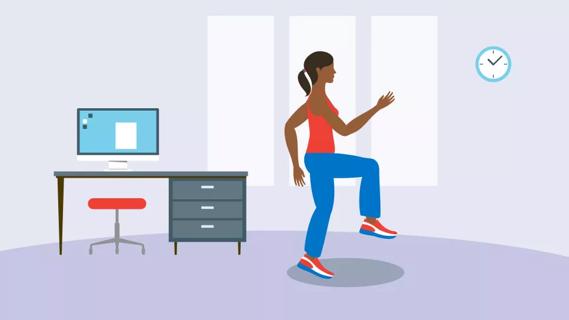
Counteract psoas muscle stiffness and soreness with stretches that lengthen and strengthen
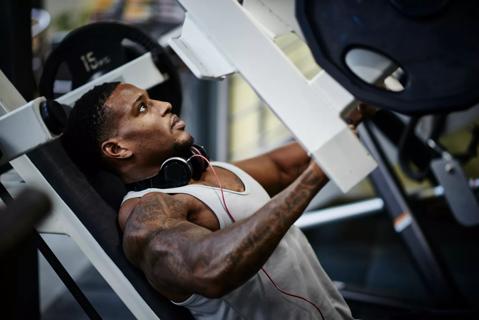
It may be OK, depending on your health, fitness level and type of exercise
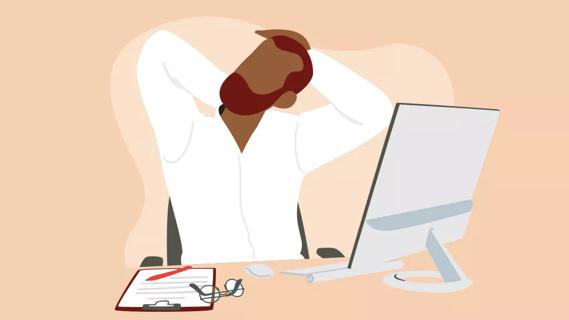
Simple exercises like wall angels and pelvic tilts can help keep your body in an optimal position — and help undo years of improper posture habits

Losing belly fat can reduce your risk for chronic health conditions — try focusing on a diet high in lean protein, exercising regularly, reducing stress and getting quality ZZZs
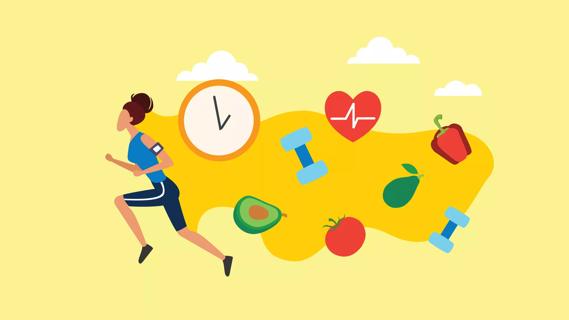
It’s best to exercise before or after your fast, instead of during it

Absolutely! In fact, in many ways, exercise is key to recovery

Your metabolism may torch 1,300 to 2,000 calories daily with no activity

A gentle touch in all the right places may help drain your sinuses